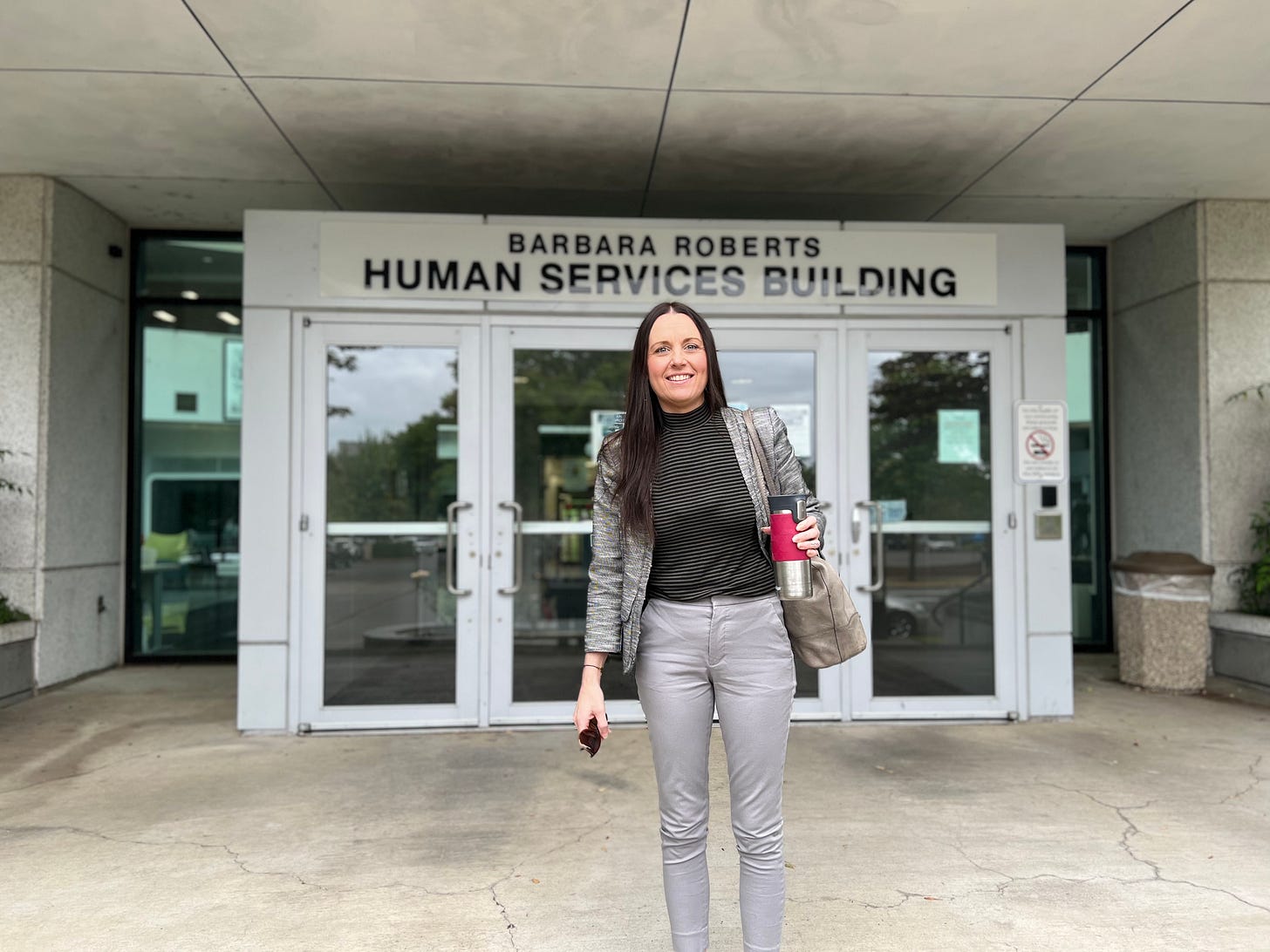
When I first set out to write an evaluation report for the Behavioral Health Unit, I imagined something straightforward. A tidy document with key points and actionable steps, easy enough to skim over coffee. But, as often happens when I’m entrusted with a task that ignites my passions, this simple idea grew tentacles. What started as a modest report turned into a sprawling 67-page strategic opus, delving into every nuance of culture, communication, and systems change. I poured myself into it with the kind of fervor only a deep dive can inspire, fueled by the belief that meaningful transformation was not just possible but urgently needed.
I won’t lie—there were moments when the sheer scope of the project felt overwhelming, but the work was deeply personal to me. This wasn’t just about strategy; it was about culture—the living, breathing essence of an organization. And if there’s one thing I’ve learned in my career, it’s that culture is the make-or-break factor. The most brilliant strategies are mere pipe dreams if the culture doesn’t support them. Conversely, a resilient and inclusive culture can breathe life into even the most challenging objectives. It’s no wonder Peter Drucker’s famous phrase, “Culture eats strategy for breakfast,” continues to resonate.
At OHA, the culture felt less like a fertile ground for innovation and more like a labyrinth of inertia. The turnover rate alone spoke volumes—a sign not of rapid growth but of a system hemorrhaging talent. It was clear to me that any hope for meaningful change required addressing not just policies and procedures but the deeper, invisible dynamics of the workplace. This realization became the heartbeat of my strategic plan: a blueprint to align culture with strategy and create something sustainable, inclusive, and rooted in trauma-awareness.
Keep reading with a 7-day free trial
Subscribe to Omnisyntra Journal to keep reading this post and get 7 days of free access to the full post archives.




